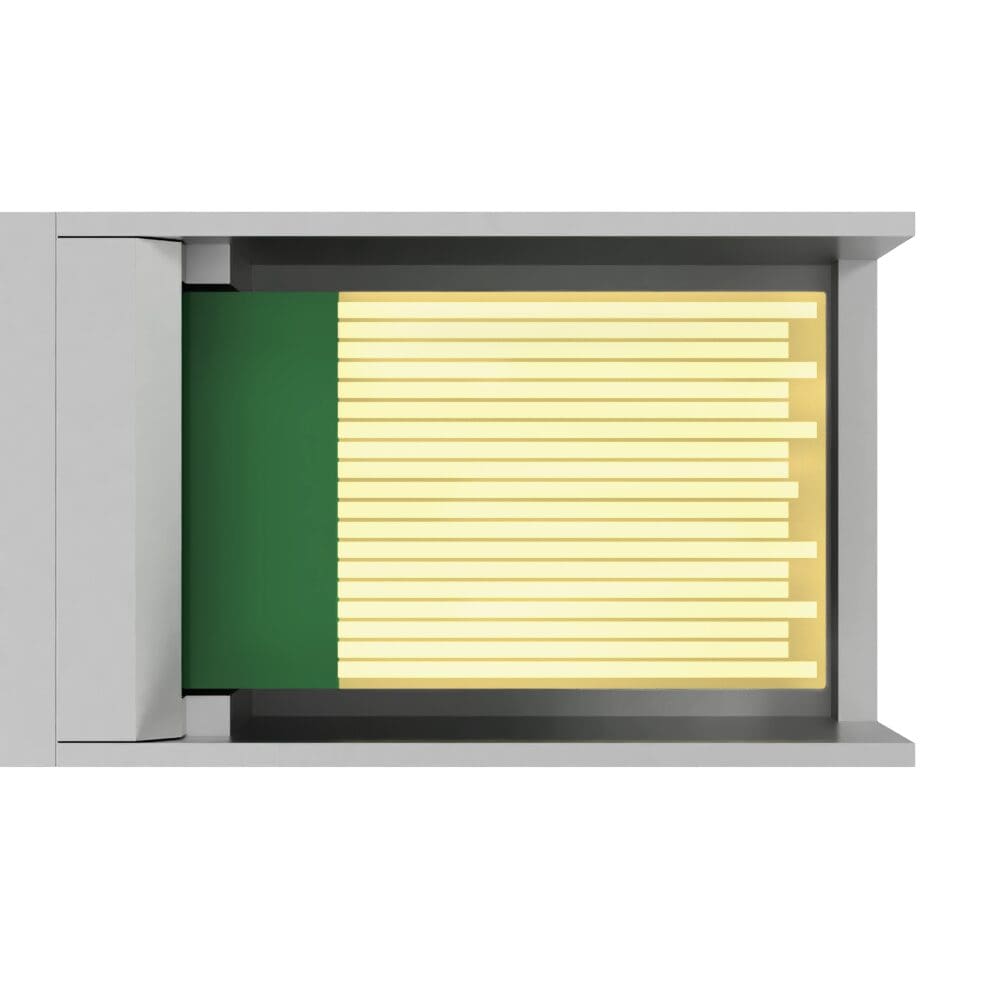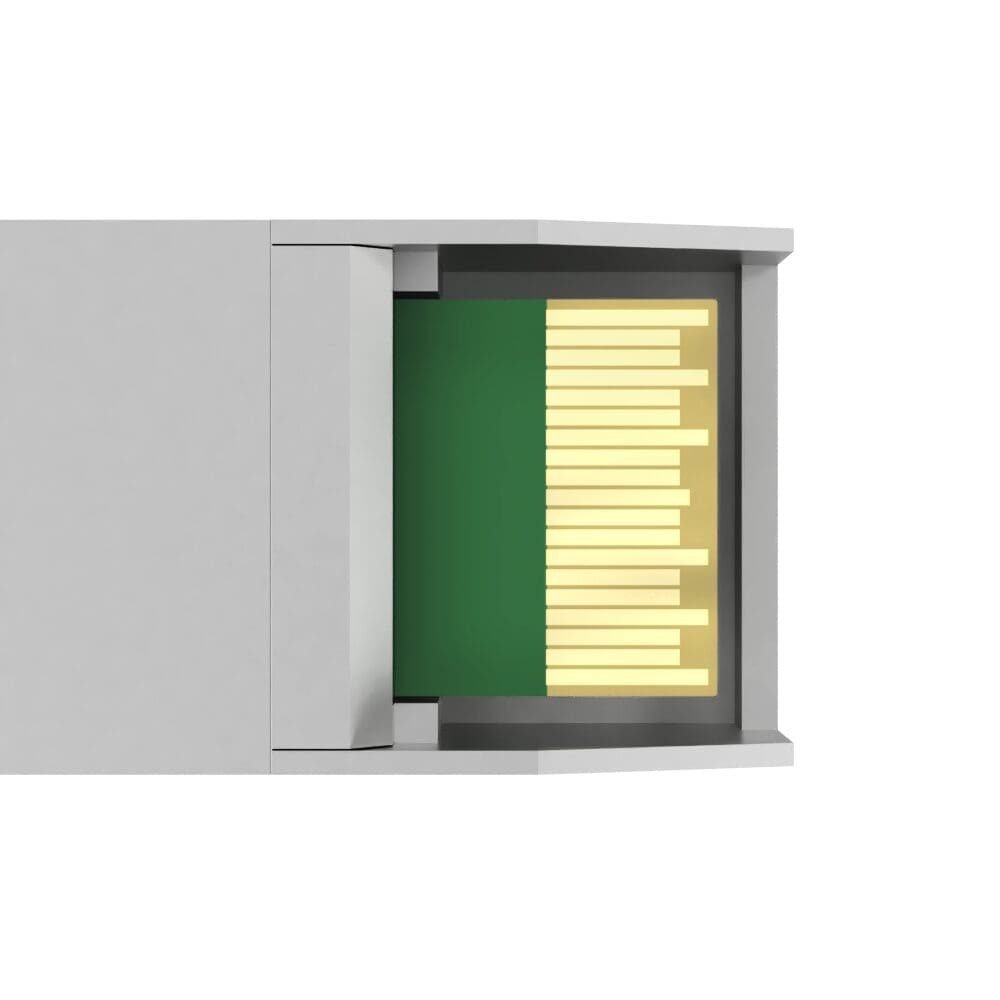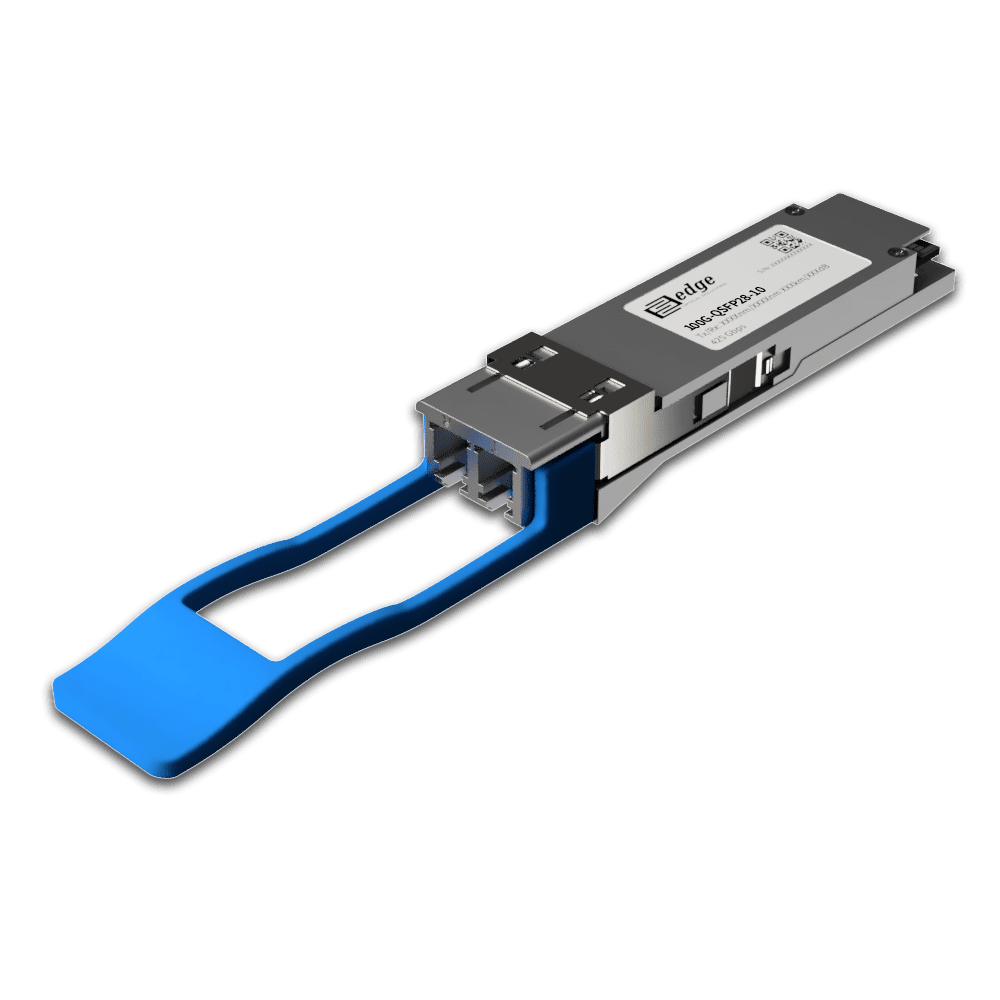100G SFP-DD Transceivers: An Overview of Form Factor, Evolution, and Comparison other form factors
Introduction
As global networks strive to meet the demands of ever-increasing data consumption, advancements in optical transceiver technology are crucial. One of the recent innovations in this is the 100G SFP-DD transceiver. In this article we will explain what is this new form factor, how did it evolve over time and a short comparison with SFP and QSFP28 form factors – that already are widely used.
What Is a 100G SFP-DD Transceiver?
So what is this SFP-DD? SFP-DD stands for a Small Form-Factor Pluggable Double Density transceiver. The SFP-DD is a next-generation form factor designed to support higher data rates and increased port density. As a double-density version of the standard SFP (Small Form Factor Pluggable) transceiver, the SFP-DD features a dual-lane design, allowing it to handle 100 Gbps data rates while maintaining backward compatibility with existing SFP-based systems.
Key attributes of the 100G SFP-DD include:
- Compact Size: It retains the familiar dimensions of the classic SFP form factor, making it ideal for high-density networking environments.
- Electrical Interface: The transceiver uses a two-lane electrical interface, with each lane supporting 50 Gbps via PAM4.
- Backward Compatibility: It supports both single-lane SFP modules and double-lane SFP-DD modules, ensuring a smooth migration path for network operators.
Evolution of the 100G SFP-DD Transceiver
The development of the SFP-DD form factor represents the industry’s ongoing efforts to optimize transceiver design for higher speeds and densities

Firstly there was the era of 10G and 25G. The original SFP transceivers supported data rates of up to 10 Gbps. With the advent of SFP28, this was extended to 25 Gbps per lane. Advances in modulation technology enabled Scaling to 50G PAM4 per lane, paving the way for dual-lane configurations to achieve 100 Gbps in the SFP-DD form factor. The SFP-DD MSA (Multi-Source Agreement) group played a pivotal role in standardizing the SFP-DD interface, ensuring interoperability across vendors and accelerating adoption.
Why 100G SFP-DD Transceivers Are Emerging Now
So when we hear about 100G SFP-DD, we try to understand why we see this now? Well, several factors contribute to the increasing availability of these transceivers, here are some top ones:
- Growing Data Demands: The proliferation of 5G, cloud computing, and AI-driven applications requires higher network bandwidth.
- Advances in Chip and Optical Technology: Improved signal processing and manufacturing techniques have enabled compact, high-performance designs.
- Cost Efficiency: The SFP-DD offers a more cost-effective solution compared to larger form factors like QSFP28, especially in high-density scenarios.
Comparison: SFP-DD vs. SFP vs. QSFP28
SFP-DD as mentioned support data rate up to 100Gbps. The SFP-DD form factors is double the density as per standard SFP form factor. Here is a comparison of both differences in caging:
QSFP28 form factor support the same data rate as per SFP-DD, but it is larger in size:
Here’s a short summary of all three form factor differences in max speed, port density, backwards compatibility and applications:
| Feature | SFP | SFP-DD | QSFP28 |
|---|---|---|---|
| Form Factor | Single-lane | Dual-lane, compact SFP form factor | Multi-lane, larger QSFP form factor |
| Maximum Speed | Up to 25 Gbps (SFP28) | 100 Gbps | 100 Gbps or 400 Gbps (QSFP112) |
| Port Density | Moderate | High, due to compact size | Lower, due to larger size |
| Compatibility | Compatible with legacy SFP | Backward-compatible with SFP | Not compatible with SFP or SFP-DD |
| Applications | Lower-speed connections or legacy systems | High-density, high-performance networks | Core and aggregation networks |
Conclusion
The 100G SFP-DD transceiver is a groundbreaking innovation, offering a compact, efficient solution for modern high-speed networks. Its emergence reflects the industry’s response to growing bandwidth demands and the need for scalable, cost-effective solutions. As the technology matures, SFP-DD is poised to become a cornerstone of next-generation networking infrastructure, complementing and, in some cases, replacing larger form factors like QSFP28. Ready to have your hands on them? Check below our portfolio of 100G SFP-DD Transceivers!
| Product name | Product description |
|---|---|
| 100G-SFP-DD-2 | Double Fiber 100G SFP-DD FR1 PAM4 Module |
| 100G-SFP-DD-10 | Double Fiber 100G SFP-DD LR1 PAM4 Module 10km |
| 100G-SFP-DD-20 | Double Fiber 100G SFP-DD LR1 PAM4 Module 20km |





